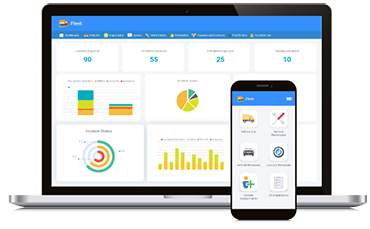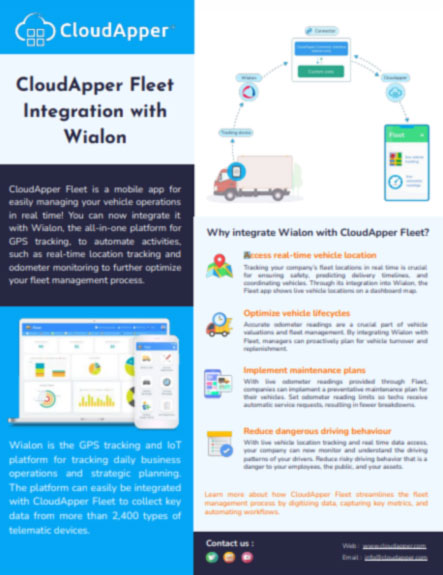Fleet managers are faced with several expectations related to both productivity and profitability when managing a fleet. These fleet professionals are presented with many challenges, such as the overwhelming amount of data to analyze, getting value for the money invested, and most importantly, getting management approval. In today’s article, we will look at seven ways to gain management approval to achieve goals and satisfy senior leaders and financial decision-makers.
Know your company/fleet goals
The goal of a fleet varies from company to company. Some companies want to reduce their operational costs, some want to reduce the risk of unplanned breakdown, or some just want to improve the pace of their fleet operation. By knowing your company and fleet goals, you can ensure that the strategies you recommend support those goals, increasing the likelihood of management buy-in.
Have a fleet policy
With leadership approved a fleet policy that supports your company and fleet goals in place, you can align your strategies with the existing policy to get buy-in. A well-drafted fleet policy also ensures the safety of those individuals who drive company vehicles and provides guidance on the proper use of the company fleet.
Gather data that support key measures
It is important to identify the focus and key measures for your fleet. When you compile your data using fleet management software, you can pull data reports about those key performance indicators (KPIs). Gather data that demonstrates how your strategies will improve those key measures.
Provide actionable recommendations
Presenting fleet strategies that are realistic, manageable, and actionable is critical. To accomplish this, you can analyze and use the data available in your fleet management software. Provide your management team with a plan of action, rather than simply opportunities to ensure success.
Include benchmarking
It is a great idea to maintain a scoreboard with benchmarking to compare your fleet against fleets in your industry as you develop fleet plans. It will give you a perspective about how well your fleet is performing compared to other companies and identify performance gaps and room for improvement.
Focus on one segment
If your fleet is decentralized, start by score boarding one area of the fleet. Show management the value of your strategies and how it can help in achieving your organization’s fleet goals.
Target driver behavior
In order to meet management’s challenge to reduce already reduced spend, focus on driver behavior. Include measures for compliance and safety, which both impacts spend, in your scoreboards and strategy to pinpoint where spend can be reduced.

















